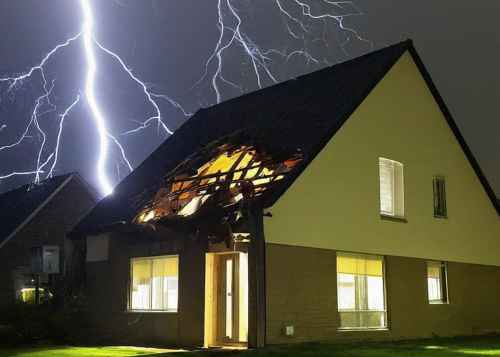Lightning: an underestimated danger
Lightning poses a considerable danger due to several factors related to its physical properties and potential impacts. Here are the main reasons why lightning is dangerous:
High Electrical Current:
Lightning can carry extremely high electrical currents, often on the order of tens or even hundreds of thousands of amperes. This intense current can cause significant damage to structures, electrical systems, and can be fatal to living beings. LPS Manager guides you in assessing the risks linked to lightning and allows you to choose the most suitable lightning rod and surge protector .
Extreme Temperature:
The lightning channel can reach temperatures up to about 30,000 Kelvin, much hotter than the surface of the sun. This extreme heat can cause fires and melt or damage structures and equipment.
Electromagnetic overvoltage:
Lightning generates a powerful electromagnetic field that can induce surges in electrical and electronic circuits, damaging or destroying them even from a distance.
Mechanical and Acoustic Shocks:
The shock wave created by lightning (thunder) can cause structural damage, including breaking windows or damaging other fragile elements.
Risk to Human Life:
In addition to serious injury or death directly caused by a lightning strike, there is an increased risk of secondary accidents, such as falls or electrocution, during thunderstorms. LPS Manager 's Personal Storm Detector feature helps you prevent these types of hazards.
Indirect Effects:
Lightning damage is not limited to direct impacts. Power surges can damage electrical and communications infrastructure, disrupt essential services and have a significant economic impact.
Unpredictable phenomenon:
Despite advances in weather understanding and prediction, lightning remains a relatively unpredictable phenomenon, making it difficult to completely protect against its effects. With LPS Manager , you monitor your buildings and infrastructures remotely and receive alerts in real time .
Impact on Sensitive Facilities:
Industrial facilities, hospitals, data centers and other critical infrastructure are particularly vulnerable to lightning strikes, requiring specific protective measures .
Because of these dangers, lightning protection is an essential element in the design of buildings and infrastructure, especially in areas prone to frequent lightning storms.

